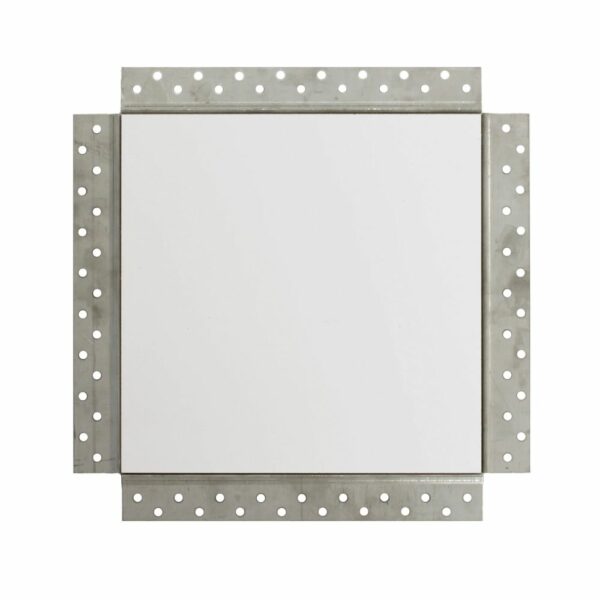When looking at industrial items, how do you know how much CFM to move? Getting the right vents and returns is important in calculating the CFM. How do you measure your room size? Proper ventilation is essential in any environment, but it’s much more critical in an industrial setting. Generating the right amount of “fresh air” can differentiate between a healthy and unhealthy workplace.
Measuring and comprehending CFM is not as hard as you may think.
Use coupon code VENTS10 to save 10% off your order. Limit is 1 per customer.
-
Envisivent 30″ x 8″ Permanent Mud-In Flush Mounted Wall Air Return
Rated 0 out of 5Air Returns CAD $89.95 -
Envisivent Removable Flush Mount Ceiling/Wall Air Supply, 4” x 12” (Duct Opening)
Rated 0 out of 5Air Returns CAD $87.95
What is Cubic Feet Per Minute?
What does CFM stand for? CFM stands for Cubic Feet per Minute and is the most common method to measure airflow. Areas are determined in square systems (like square feet), and volumes (like a room loaded with air) are defined in cubic units– CFM identifies how many cubic feet can be moved or exchanged each minute.
CFM– Volume of a cube = length x width x height
A space measuring 1,000 ft ³ would require a 1,000 CFM system to replace all the air each minute.
How Do I Measure the Volume of a Room?
Numerous spaces are simple boxes or rectangular prisms. Volume is determined by increasing length × width × height. A space that is 100 feet long, 50 feet large, and 20 feet tall is 100,000 feet ³ (100 × 50 × 20 = 100,000).
Some areas have irregular walls, angled ceilings, or other functions that make them more challenging to determine. Do not stress; complicated shapes can be separated into basic shapes for an easier way to determine overall cubic feet per minute. Once those shapes are calculated, put them together to get the complete and accurate measurement of cubic feet per minute.
Sample space measurements for determining CFM
In the example shown to the right, the location of this irregularly shaped space can be measured by first determining area A (50 ′ × 50 ′ = 2,500 feet ² )and then adding that to area B (20 ′ × 30 ′ = 600 feet ²). This space has an overall location of 3,100 feet ².
To get the volume of any shape, increase the total location by the typical height (disappointed in our basic illustration).
How Frequently Do I Need to Exchange Air?
Now that you know the volume of air in your space, you need to determine how rapidly it requires to be exchanged. Particular airflow requirements depend on your specific setup; however, here are a few basic examples of advised exchange rates:
Engine Room, Generator Room, Boiler Room-- Every 1-4 minutes
These spaces have harmful exhaust fumes that require quick removal, so all air should be cycled every 1-4 minutes. If you have a 2000 cubic foot engine space, you would desire a system that can move 500-2000 CFM.
Kitchen, Cafeteria, Bakery, Bar, Laboratory-- Every 2-5 minutes
Kitchens and spaces where food is prepped or served usually require moderate-to-high air blood circulation (approximately every 2-5 minutes). For a 2,000 ft ³ food-related location or lab, you would want to have a system that can handle around 400-1000 CFM.
Storage facilities, Industrial, Machine Shops, and Factories-- Every 3-7 minutes
While not quite as extensive as engine rooms or food spaces, most enterprise zones still require constant airflow to remove job-related fumes and to keep the air clean. An example 2,000 feet ³ industrial area would usually require a system that can press 280-670 CFM.
Class, Home, Office, Store, Gymnasium, Restroom, Auditorium-- Every 4-10 minutes.
Residences and public spaces like meeting rooms, stores, and workplaces are slightly less demanding than the other kinds of areas discussed above. For these rooms, the exchange of air is generally not as urgent, and a 2,000 feet ³ space would require a system capable of moving 200-500 CFM.
How Much CFM Do I Need?
When you’ve figured out the volume of your space and have decided how quickly you will require to exchange the air in a room, you can compute the CFM needed for your system.
The CFM equation - How to Determine CFM
Start with the overall volume of air (in cubic feet), divide by the exchange rate (how quickly you wish to change the air), and the outcome is the total CFM you need for your system.
Keep in mind that many applications (specifically large locations) utilize more than one fan/blower. It typically makes sense to use numerous smaller systems rather than a single, large unit to deal with the total CFM.
Use coupon code VENTS10 to save 10% off your order. Limit is 1 per customer.
-
Envisivent Magnetic Mud-In Flush Mounted Bathroom Exhaust Fan Cover
Rated 5.00 out of 5Exhaust Fan Covers CAD $81.95 – CAD $129.55
Wrap-Up
Determining cubic feet per minute isn’t as difficult as you may think: determine the volume of the space and divide by how quickly you want to replace the air, and that’s it!

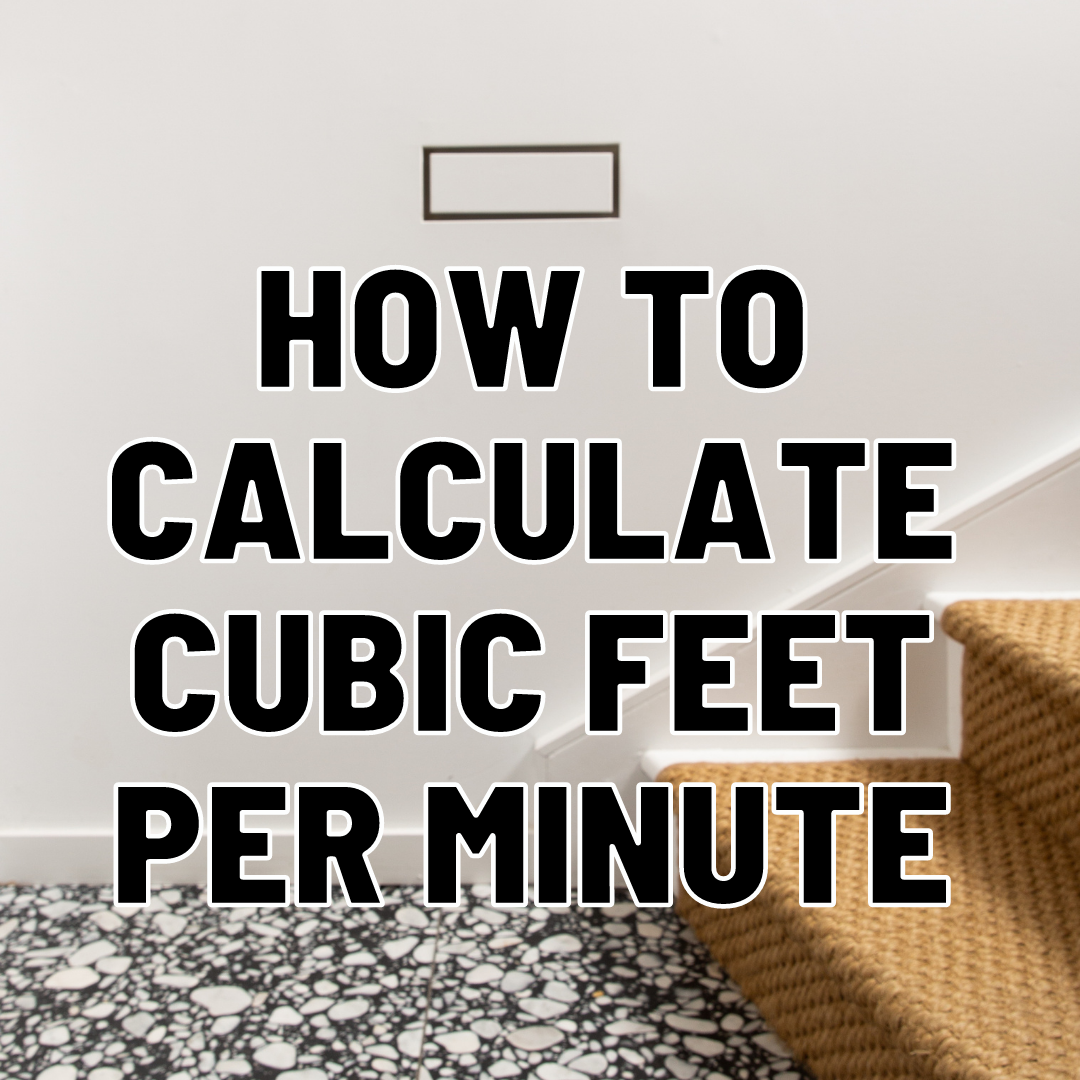
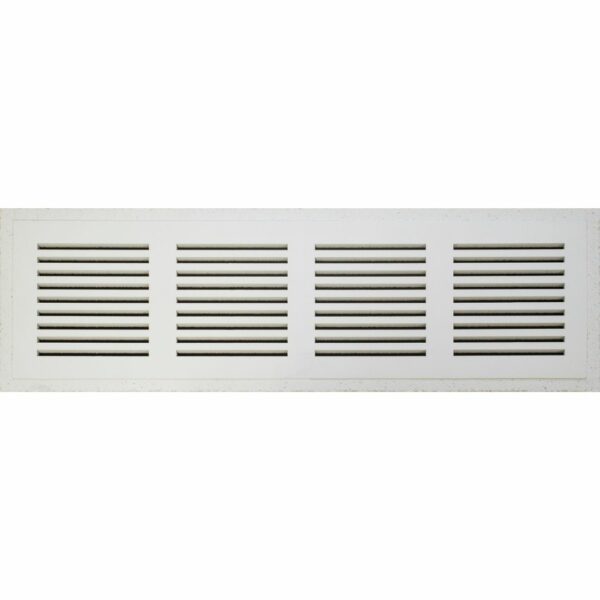
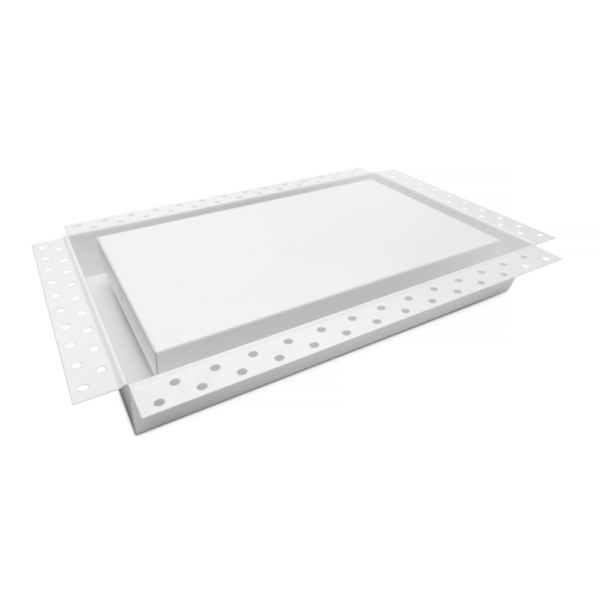
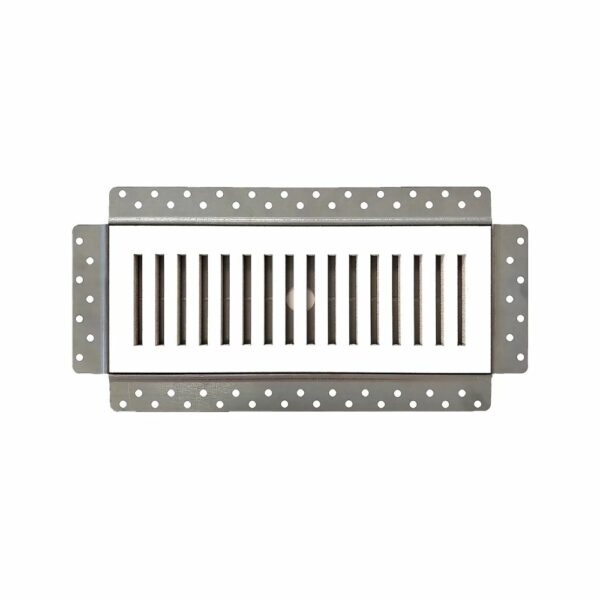
![Aria Framed Wall Vent [Luxe]](https://masterbuildingmaterials.com/wp-content/uploads/2023/03/aria-framed-wall-vent-luxe-600x600.jpg)
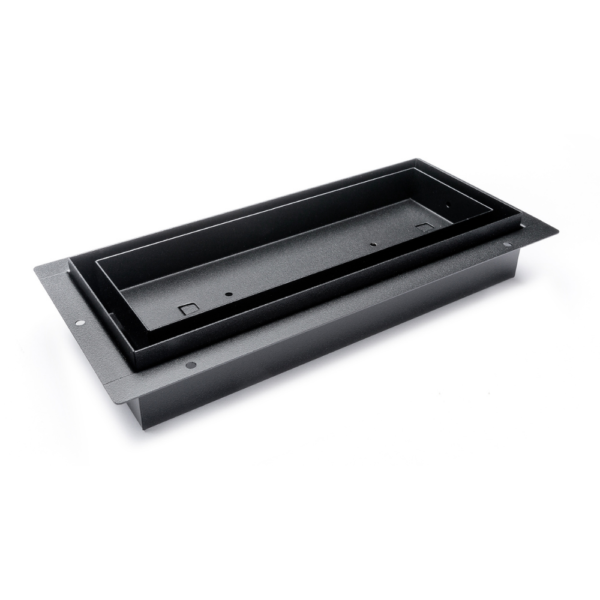
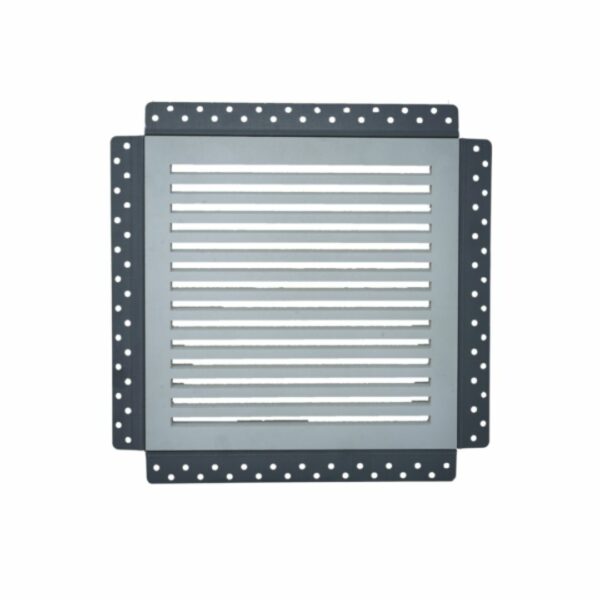
![Aria Framed Wall Vent 4" x 10" [Lite]](https://masterbuildingmaterials.com/wp-content/uploads/2022/07/avframe-600x600.jpg)
